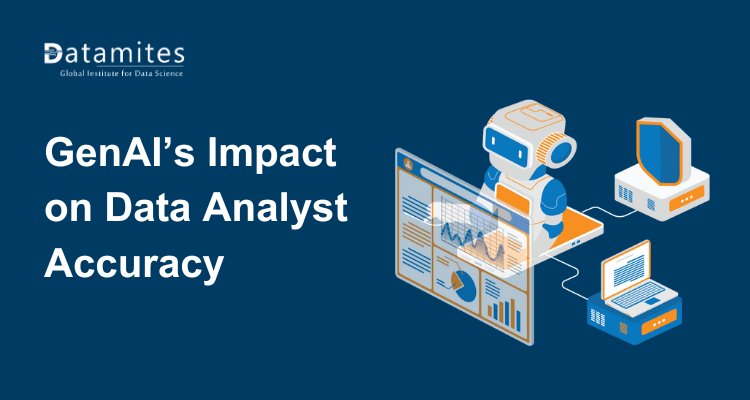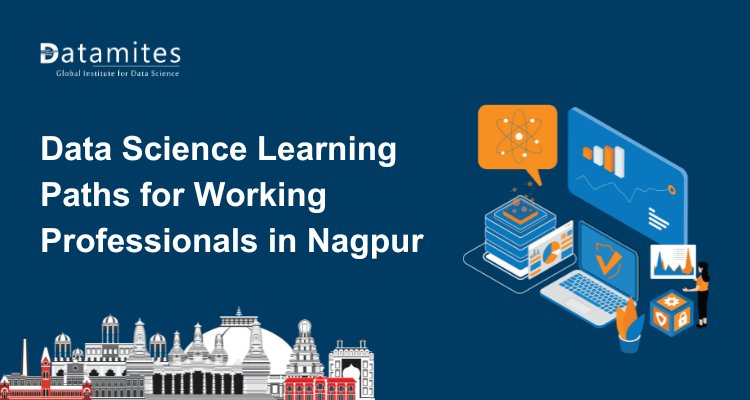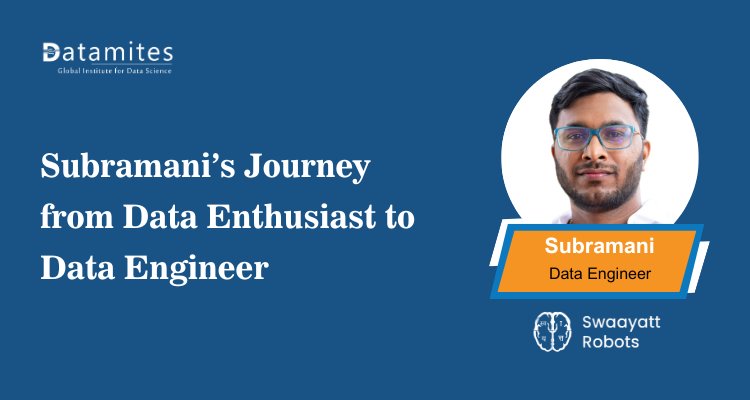Artificial Intelligence and Neural Network: The Future of Computing and Computer Programming
Explore how artificial intelligence and neural networks are shaping the future of computing and computer programming with new opportunities for developers.
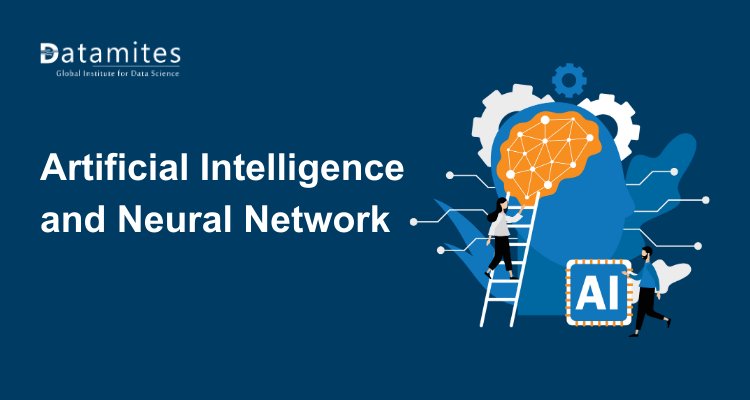
The rise of artificial intelligence has revolutionized nearly every industry, from healthcare and finance to education and transportation. Among the most transformative elements of AI are neural networks, which mimic the human brain’s ability to process data, learn patterns, and make predictions. Together, AI and neural networks are reshaping the way computers function and how programmers develop applications, signaling a new era in computing. For learners and professionals, exploring this domain is no longer optional, it's essential to remain competitive in a rapidly evolving digital economy.
Understanding Artificial Intelligence and Neural Networks
Artificial Intelligence refers to the ability of machines to simulate human intelligence, enabling them to perform tasks such as reasoning, learning, and problem-solving. At the core of AI are neural networks, which are modeled after the structure of biological neurons in the human brain. These networks consist of interconnected nodes that process information across multiple layers, allowing systems to detect patterns, classify data, and refine their performance through continuous feedback.
Industry growth reflects the rising importance of AI. According to ABI Research, the global AI software market was valued at USD 122 billion in 2024. With an impressive Compound Annual Growth Rate (CAGR) of 25%, it is expected to reach USD 467 billion by 2030, highlighting the rapid adoption and integration of AI-driven solutions worldwide.
Neural networks are deeply integrated into many of today’s cutting-edge technologies. From popular voice assistants like Siri and Alexa to advanced image recognition platforms and fraud detection systems, they form the backbone of modern deep learning models. These models power innovations in natural language processing (NLP), autonomous vehicles, and medical diagnostics, transforming industries and everyday life.
For developers and learners, gaining expertise in neural networks is essential to building smarter, more adaptive, and highly efficient technologies. The growing adoption of AI is evident. AI-powered voice assistants are projected to reach nearly 8 billion users worldwide by 2025, underscoring the scale and impact of neural network-driven applications.
Evolution of Computing with Artificial Intelligence
Computing has undergone a remarkable transformation over the decades, progressing through several key stages:
- Mechanical Era – Early devices such as the abacus and mechanical calculators were designed to handle basic arithmetic operations, laying the groundwork for automated computation.
- Programmable Era – The invention of programmable machines introduced the idea of storing and executing sets of instructions, giving rise to general-purpose computing.
- Digital Revolution – The development of microprocessors in the late 20th century ushered in an era of faster, smaller, and more powerful systems. Personal computers, the internet, and mobile technology revolutionized accessibility and connectivity.
- AI-Driven Era – Today’s computing systems go beyond processing information; they learn, adapt, and predict outcomes using Artificial Intelligence. Unlike traditional programming, where rules are explicitly coded, AI systems improve performance by learning from data.
This evolution has fundamentally redefined computing, shifting from rigid instruction sets to dynamic, self-improving algorithms. At the heart of this transformation are neural networks, which have enabled breakthroughs in several domains:
- Predictive Analytics – AI models now power financial forecasting, demand prediction in supply chains, and personalized marketing strategies.
- Autonomous Robotics – Self-driving cars, warehouse automation, and drone technologies leverage real-time decision-making enabled by deep learning models.
- Healthcare Innovations – Neural networks play a crucial role in medical imaging, drug discovery, and personalized treatment planning. AI-powered diagnostic tools, for instance, can identify diseases such as cancer with accuracy comparable to human experts. Today, around 60% of healthcare organizations have already adopted AI solutions to enhance their operations.
- Generative AI – Tools like ChatGPT, MidJourney, and Stable Diffusion showcase how neural networks can create human-like text, images, and even video content, transforming industries from education to entertainment.
- Edge AI and IoT Integration – Advancements in edge computing allow AI models to run directly on devices like smartphones, wearables, and IoT sensors, enabling faster responses without relying solely on cloud infrastructure.
- Quantum AI (Emerging) – Early research in combining quantum computing with AI promises exponential improvements in solving complex problems like drug design, logistics, and climate modeling.
In essence, computing has moved from being a passive tool that executes instructions to becoming an active collaborator that learns, reasons, and innovates. The synergy between AI and neural networks is not only pushing the boundaries of technology but also setting the stage for the next revolution in computing.
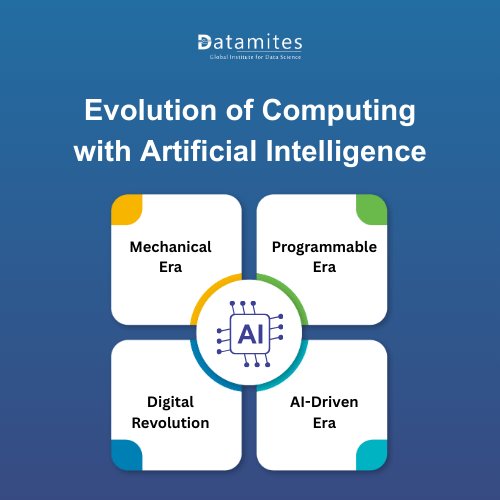
Neural Networks in Modern Programming
Modern programming no longer revolves solely around writing lines of code; it involves training models, designing algorithms, and integrating AI-driven features into applications. Neural networks play a central role in this transformation.
For example:
- Web development integrates AI-powered chatbots and recommendation engines.
- Mobile apps utilize neural networks for voice recognition and personalization.
- Data-driven industries rely on neural models for forecasting and anomaly detection.
Programming languages like Python, R, and Julia, along with frameworks such as TensorFlow, PyTorch, and Keras, have made neural network implementation more accessible. This shift empowers programmers to move beyond syntax and focus on problem-solving and innovation.
Read these below articles:
- How Gradient Boosting Works in Machine Learning
- Generative AI and Predictive AI: Key Differences Explained
- Why Artificial Intelligence Matters More Than Ever
AI’s Impact on Computer Programming
Artificial intelligence is redefining the role of programmers. Tasks that once required manual coding such as debugging, optimization, and testing are now being automated with AI-driven tools. Developers are also leveraging code-generating AI systems that speed up workflows and reduce repetitive tasks.
Some key impacts include:
- Automation of Routine Coding – AI can generate boilerplate code, freeing developers for complex tasks.
- Error Detection and Debugging – neural-based systems identify bugs more efficiently than manual testing.
- Enhanced Security – AI enables real-time detection of vulnerabilities and can forecast equipment failures with up to 80% accuracy, significantly minimizing downtime.
- Smarter Development Environments – IDEs now integrate AI to provide real-time suggestions and predictive coding.
This symbiosis between AI and programming not only improves productivity but also encourages innovation, allowing developers to focus on creativity and high-level problem-solving.
Opportunities for Developers and Learners
The rise of AI and neural networks has opened unprecedented opportunities for developers, learners, and businesses alike. Some of these include:
- Career Growth – AI specialists, machine learning engineers, and neural network developers are in high demand globally.
- Skill Development – enrolling in an artificial intelligence course in chennai equips learners with hands-on experience in building models and applying them to real-world scenarios.
- Entrepreneurship – startups can leverage neural networks for applications in fintech, healthcare, and logistics.
- Research and Innovation – universities and research institutes are exploring advanced neural architectures for breakthroughs in quantum computing and robotics.
For learners, gaining expertise in neural networks is not just about technical knowledge, it's about preparing for a future where Artificial Intelligence skills are a fundamental part of the programming toolkit.
The Future of Computing with Artificial Intelligence and Neural Networks
The future of computing is set to be inseparable from Artificial Intelligence and neural networks, as these technologies become the driving force behind next-generation innovations. Emerging fields such as quantum computing, generative AI, autonomous robotics, and hyper-personalized software solutions will rely heavily on their capabilities.
Looking ahead, we can expect:
- Human-like AI systems – Machines that move beyond automation toward true reasoning, creativity, and problem-solving.
- Smarter software development – AI seamlessly integrated into everyday programming tasks, reducing development time and enhancing productivity.
- AI-powered cybersecurity – Advanced anomaly detection systems that can identify and neutralize threats in real time.
- Broad industry adoption – From healthcare diagnostics and precision medicine to smart cities and intelligent infrastructure, AI will redefine efficiency and decision-making across sectors.
For programmers, developers, and learners, the road ahead is full of opportunities. The future of computing will no longer treat AI as just a tool, it will be a collaborative partner in innovation, shaping how technology evolves and how humans interact with it.
Read these below articles:
Artificial intelligence and neural networks are not just technological trends, they represent the future of computing and programming. By transforming how machines learn, adapt, and solve problems, they are reshaping the digital landscape. For developers, businesses, and learners, embracing AI means unlocking new levels of efficiency, creativity, and opportunity. As we look ahead, the synergy of AI and neural networks promises to redefine what’s possible in computer science, making it essential for anyone in the tech world to stay ahead of this curve.
DataMites is a leading training institute for Artificial Intelligence courses in Bangalore, along with programs in Machine Learning, Data Science, and other in-demand technologies. Learners gain access to globally recognized certifications accredited by IABAC and NASSCOM FutureSkills, supported by comprehensive career services that include resume building, mock interviews, and strong industry connections. Datamites Bangalore training centers located in Kudlu Gate, BTM Layout, and Marathahalli, DataMites provides both online and classroom learning options to suit diverse learning needs.

